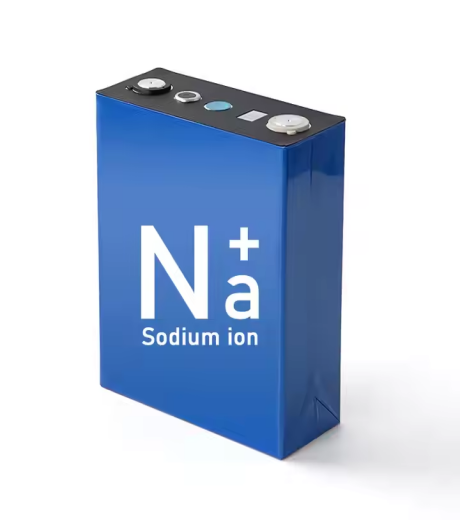Sodium-ion batteries: Cheaper, abundant, and safer than lithium? Will They replace lithium ion?
1.Advantages and Potential
(1) Resources and Costs
Sodium resources are rich in reserves (crust content 2.75%, lithium is only 0.006%), and the price of raw materials is stable, which can avoid geopolitical risks of lithium resources.
The cost after mass production is expected to be 0.3-0.5 yuan/Wh, which is lower than lithium iron phosphate (0.6-0.8 yuan/Wh), which is suitable for price-sensitive scenarios.
(2) Performance characteristics
Safety: The sodium battery has a higher thermal runaway temperature, suitable for high temperature or high safety requirements.
Low temperature performance: The capacity retention rate at -20℃ exceeds 80%, which is better than lithium batteries.
Fast Charging: Some sodium batteries can charge up to 80% of the battery in 15 minutes.
(3) Policy-driven
China's "14th Five-Year Plan" clearly supports sodium ion battery technology, and the EU's "Battery 2030+" also lists sodium batteries as alternative technology.
2.Challenges and Limitations
(1) Energy density bottleneck
The current energy density of sodium batteries is 120-160 Wh/kg (lithium iron phosphate is 160-200 Wh/kg), which is difficult to meet the needs of high-end electric vehicles.
Technical breakthrough direction: layered oxide positive electrode, hard carbon negative electrode optimization, or mixed with lithium batteries.
(2) Cycle life and process maturity
The cycle life of sodium batteries is about 2000-3000 times (5000+ times required for energy storage), and material improvement is still needed.
Production processes (such as electrolyte formulations, electrode sheet manufacturing) have not been fully standardized.
(3) Market competition pattern
Lithium batteries are still continuing to reduce costs (such as the price fluctuations of lithium carbonate), and sodium batteries need to find differentiated advantages in the segmented market.
3.Future positioning: complementary rather than substitution
(1) Mainstream application scenarios
Energy storage field: cost-sensitive scenarios such as grid frequency regulation, wind and light distribution and storage.
Light transportation: electric bicycles, low-speed logistics vehicles, AGVs, etc.
Backup power supply: 5G base station, data center UPS.
(2) Relationship with lithium batteries
Complementary coexistence: Sodium batteries fill the gap in the low-cost and safety requirements scenarios rather than a comprehensive replacement.
Technology integration: CATL proposed the "AB battery system" to integrate sodium and lithium batteries, taking into account energy density and cost.
4.Mass Productin Progress
(1) 2023-2025: The initial commercialization stage
China: CATL released the first generation of sodium ion batteries in 2021, and plans to complete the industrial chain layout and mass production by 2023; companies such as HINA and SVOLT Energy are also promoting demonstration projects (such as energy storage stations and low-speed electric vehicles).
Overseas: Faradion, Natron Energy and other companies in the United States have entered the pilot stage, but the scale of mass production may be later than that in China.
Application scenarios: In the early stage, we will focus on areas with low energy density requirements such as two-wheeled electric vehicles, low-speed electric vehicles, base station backup power supplies, etc.
(2) After 2025: Large-scale mass production and diversified application
As the supply chain matures (such as mass production of hard carbon negative electrodes and Prussian blue positive electrode materials), the cost of sodium batteries is expected to be 20-30% lower than that of lithium batteries, and gradually penetrates into energy storage (especially grid-level), low-end electric vehicles and other fields.
In Conclusion
Mass production time: initially commercialized from 2023 to 2025, and large-scale application after 2025.
Mainstream potential: It is expected to become mainstream in energy storage, light transportation and other fields, but it depends on technical iteration and policy support; the high-end market is still dominated by lithium batteries.
Long-term outlook: Sodium batteries will reshape the battery industry structure and become an important part of the low-carbon energy system, but their market share depends on the speed of technological breakthroughs and the cost evolution of lithium batteries.
 +86 13332949210
+86 13332949210 info@xihobattery.com
info@xihobattery.com







 Xiho
Xiho May 13 2025
May 13 2025











